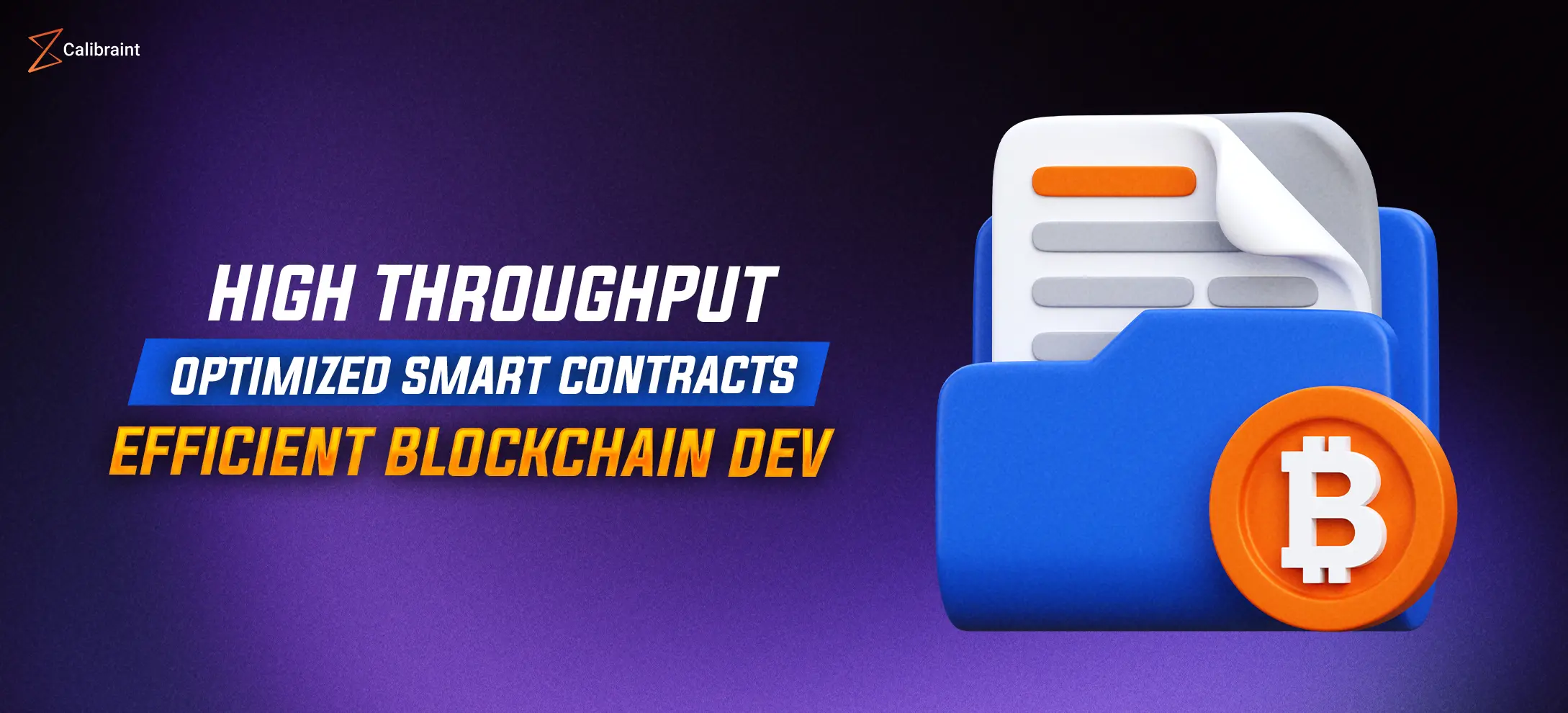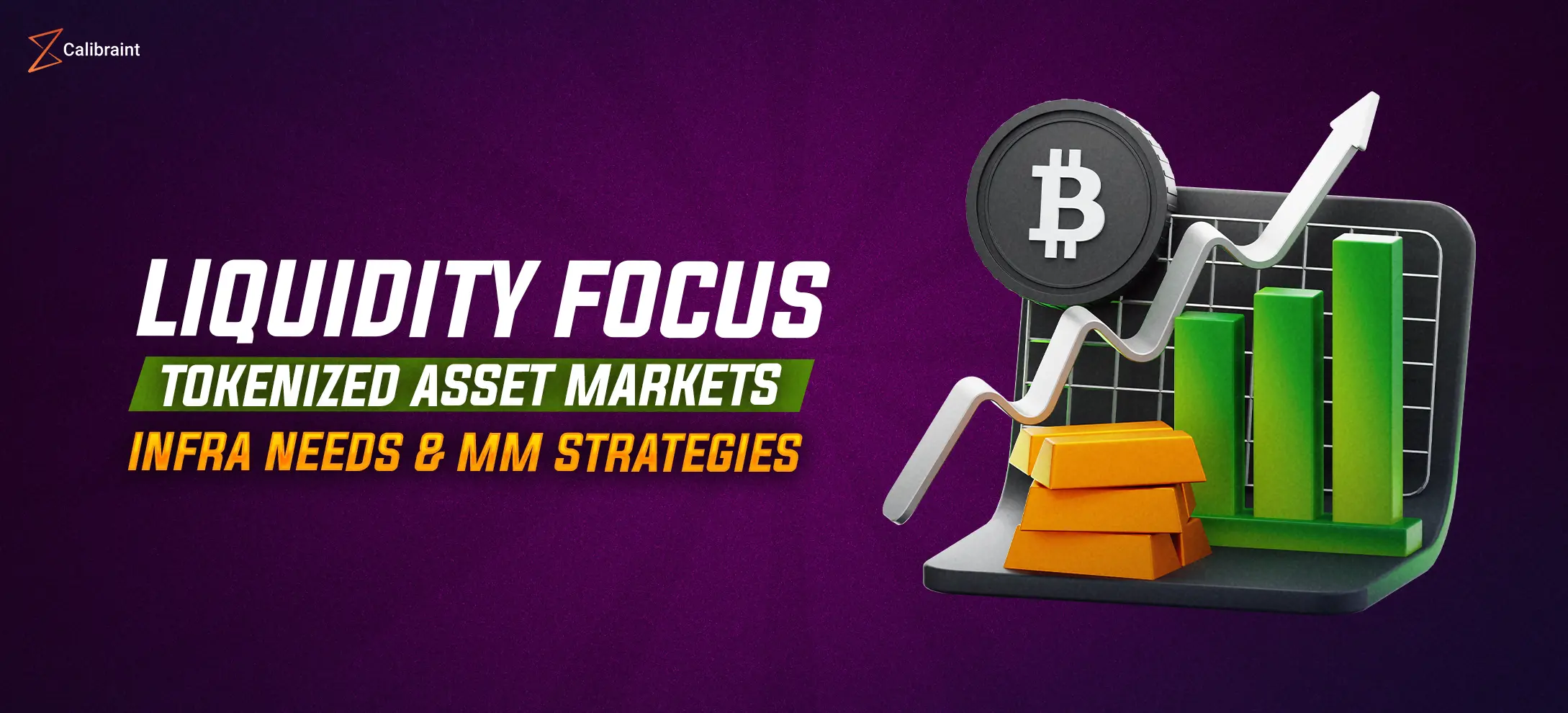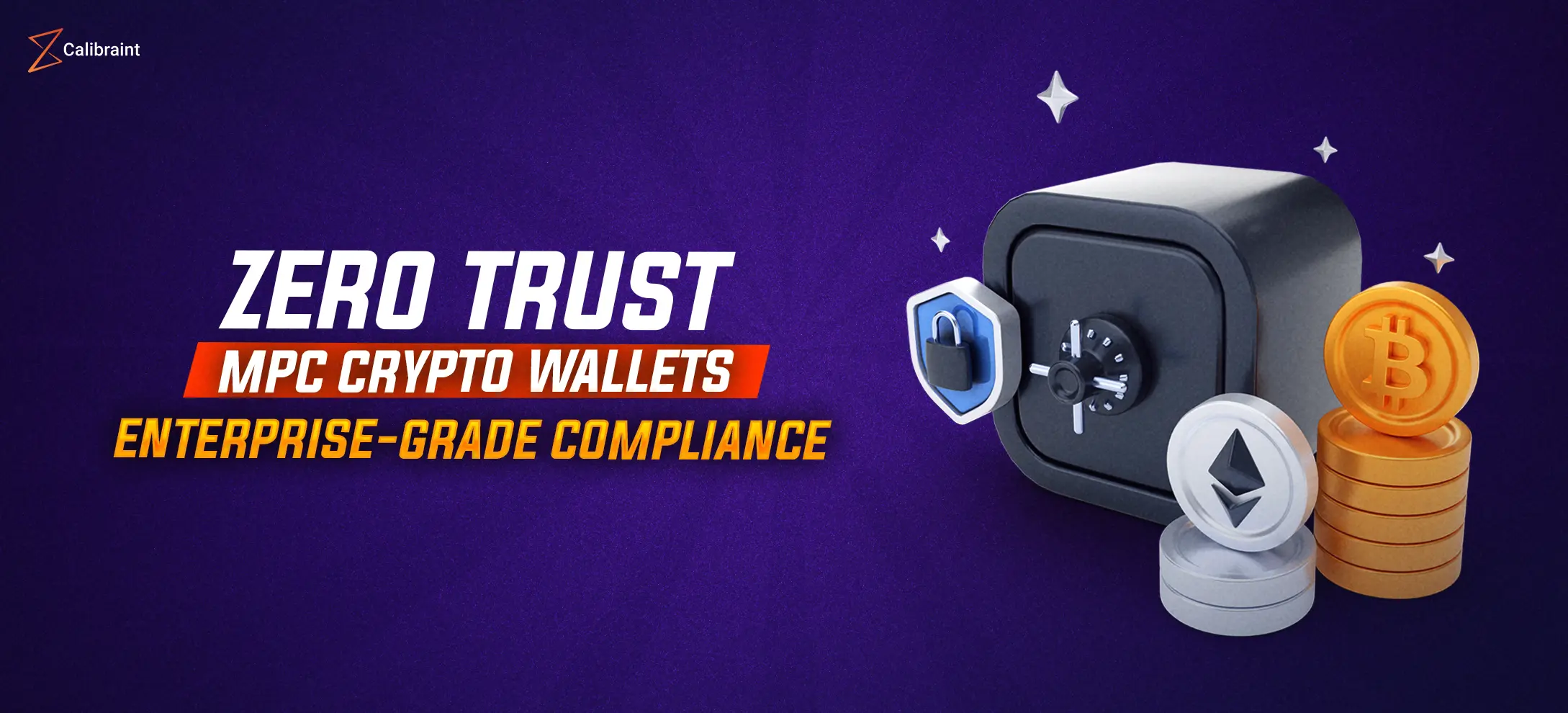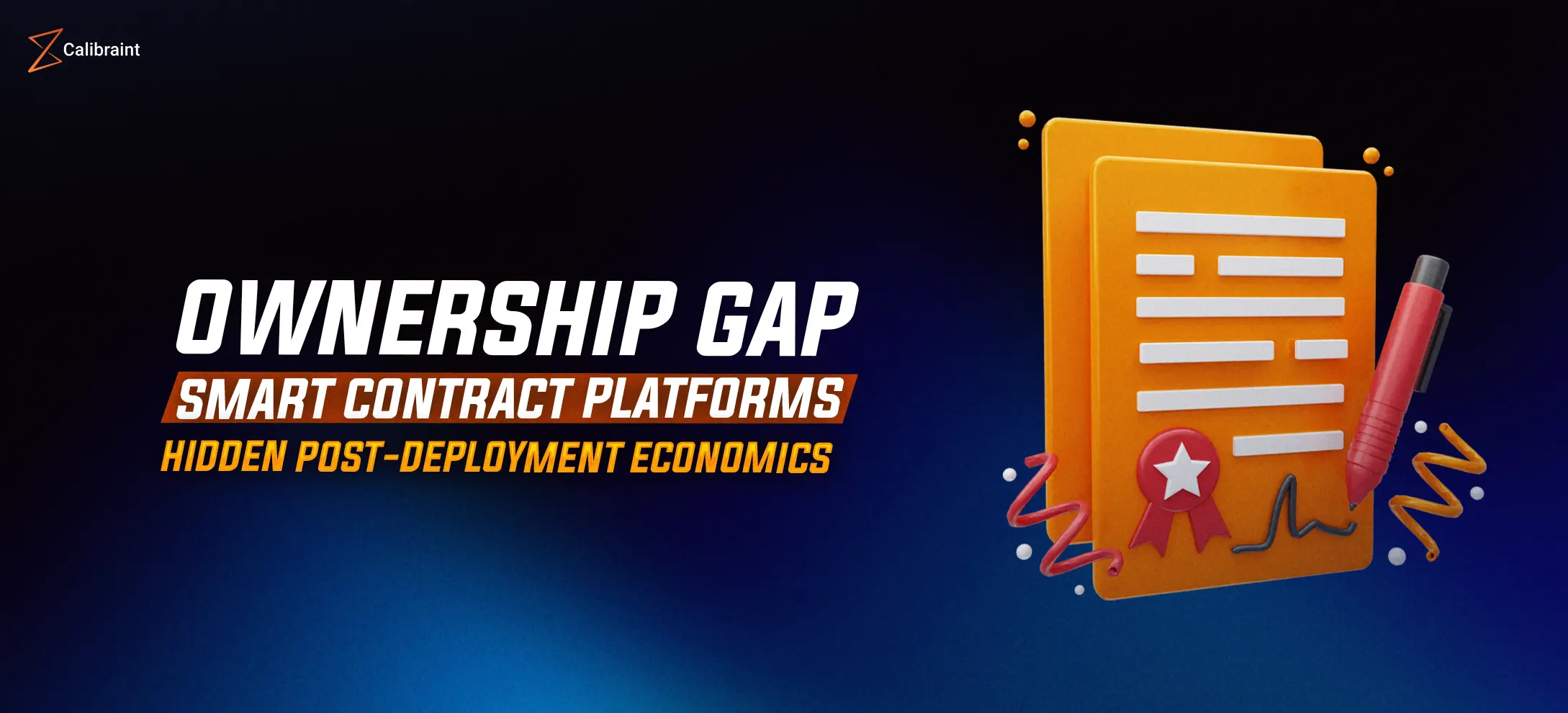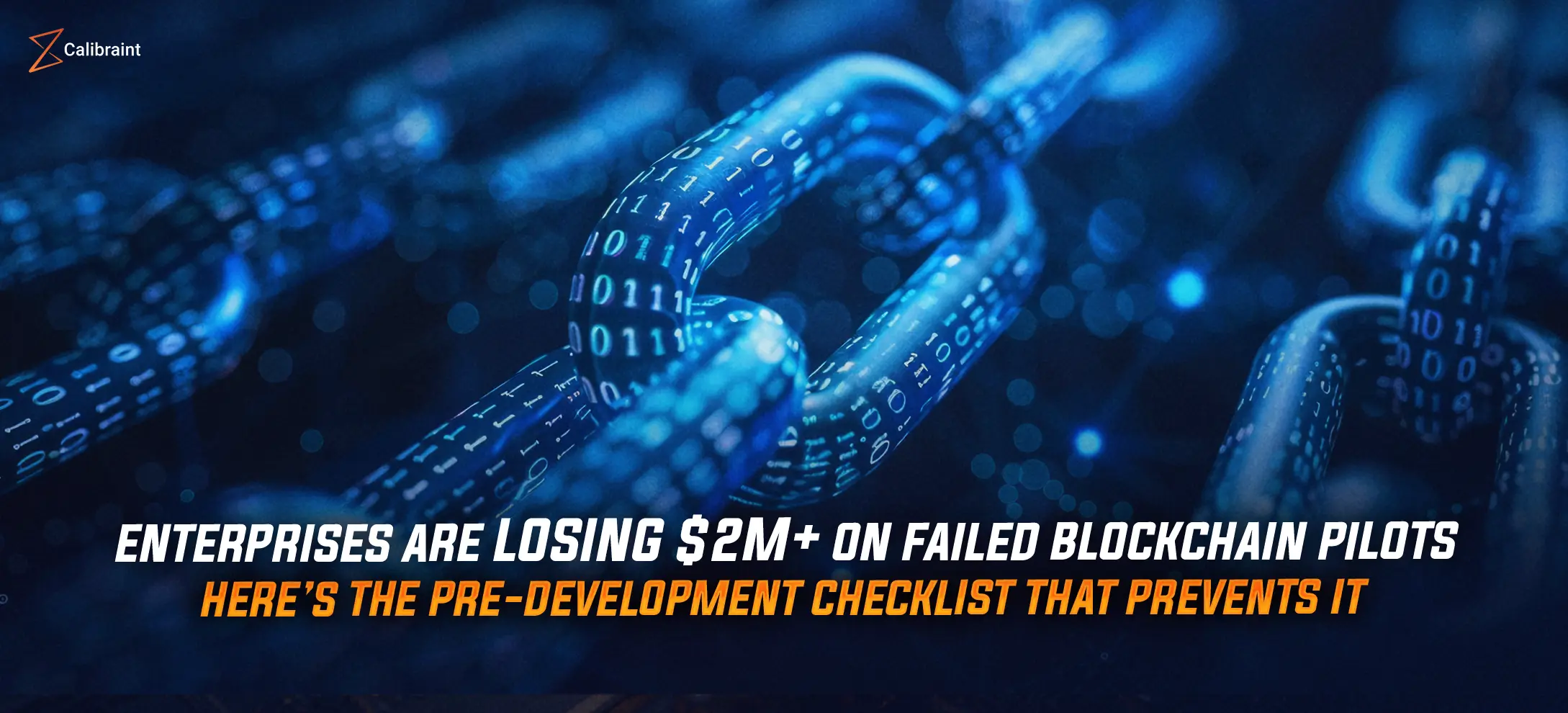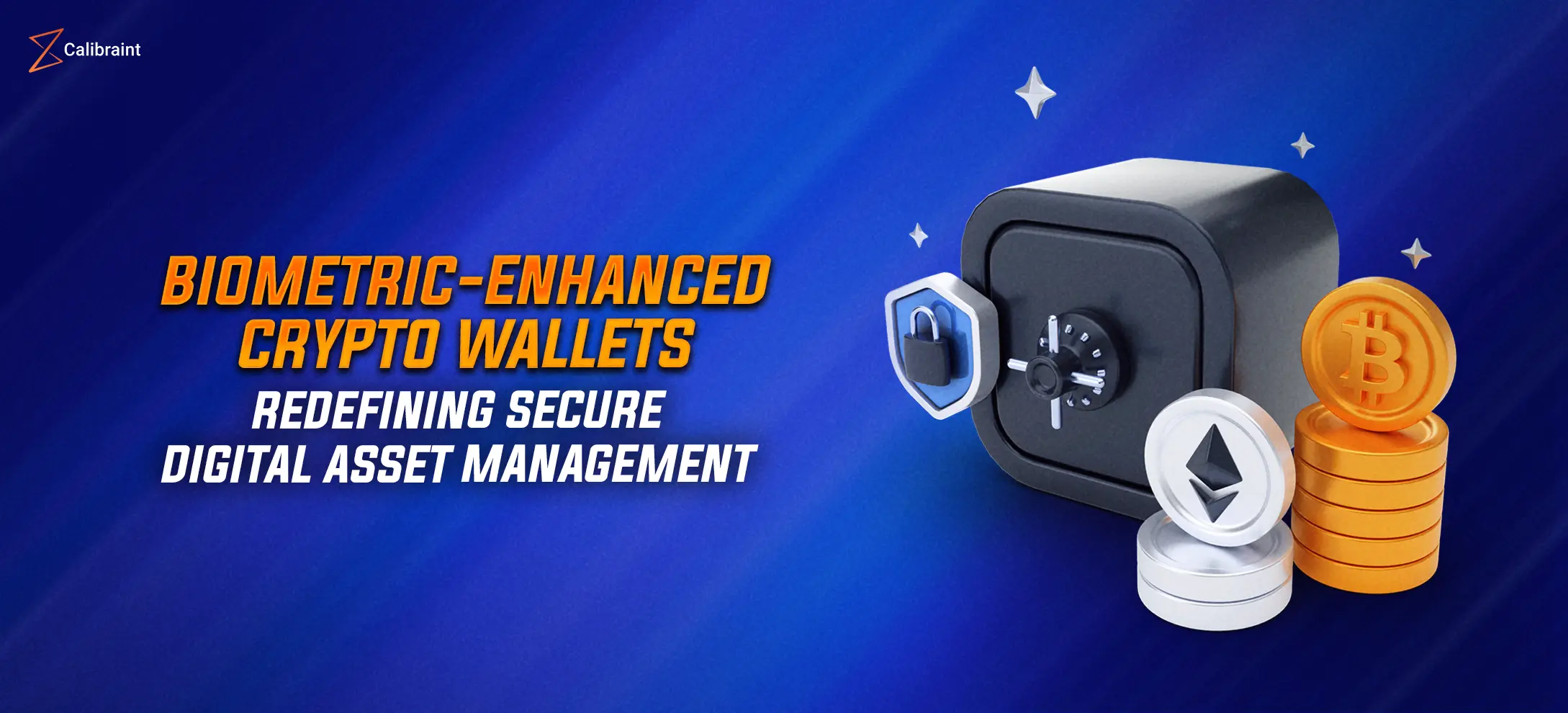Non-Custodial Wallets and the Role of On Ramp and Off Ramp in Crypto Adoption
Calibraint
Author
July 17, 2025
Last updated: July 18, 2025
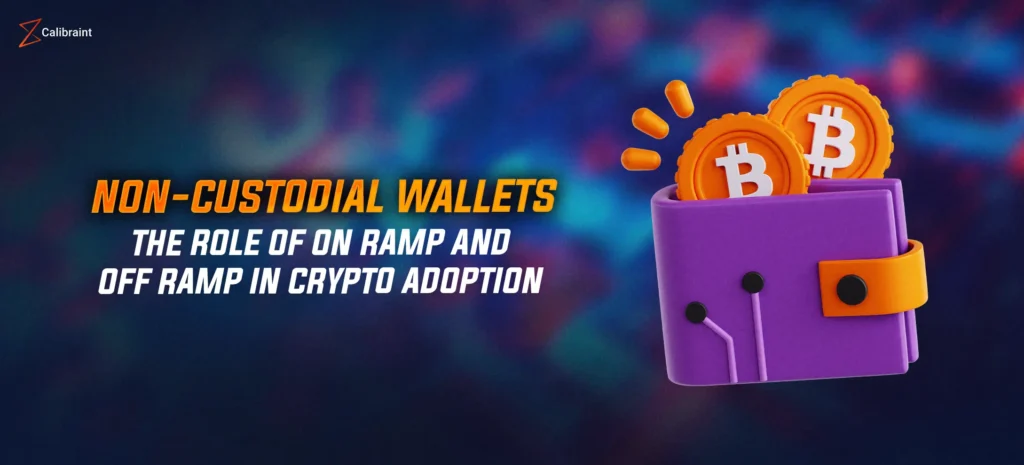
Non-Custodial Wallets and the Role of On Ramp and Off Ramp in Crypto Adoption
The rise of non-custodial wallets has redefined the way users interact with digital assets, and at the heart of this transformation lies the vital infrastructure of on ramp and off ramp systems. As crypto adoption becomes more mainstream, the need to bridge the fiat and crypto worlds seamlessly is no longer a luxury, it’s a necessity.
Understanding Non-Custodial Wallets
A non-custodial wallet allows users to hold and manage their crypto assets without relying on a third-party custodian. The user has complete control over their private keys, which means full ownership of funds. This is in stark contrast to custodial wallets, where a third party (like an exchange) controls the private keys.
Non-custodial wallets are celebrated for their security and autonomy. However, they also come with usability challenges, especially when it comes to interacting with traditional financial systems. This is where on ramp and off ramp solutions become crucial.
What is an On Ramp and Off Ramp in Crypto?
At its core, an on ramp refers to the process of converting fiat currency (like USD, EUR, INR) into cryptocurrency. Conversely, an off ramp enables users to convert crypto back into fiat. These conversion processes are essential for everyday use cases like buying crypto with a credit card or cashing out gains into a bank account.
For non-custodial wallets to support real-world applications and mass adoption, integration with robust on ramp and off ramp mechanisms is critical. These features empower users to move between fiat and crypto without having to leave their wallet or rely on centralized exchanges.
Why On Ramp and Off Ramp Are Crucial for Non-Custodial Wallets
- Accessibility to New Users – Users who are new to the crypto space often start with fiat. On ramp services embedded within non-custodial wallets allow them to acquire crypto effortlessly without navigating external platforms.
- Exit Strategy for Seasoned Users – Crypto users may want to convert their assets back into fiat for real-world spending, investments, or regulatory reasons. Off ramp services provide a trustworthy way to liquidate assets.
- Enhancing Trust and Convenience – By enabling both buying and selling within a single app, wallets improve the overall user experience. This builds trust and reduces friction, encouraging repeat usage.
The Evolution of On Ramp vs Off Ramp Services
Initially, crypto wallets focused primarily on storage and transfers. However, with the evolution of DeFi and Web3, users now expect wallets to do much more. This includes offering a seamless blend of on ramp and off ramp functions.
- On Ramp Crypto Options: Bank transfers, credit/debit card purchases, UPI (in India), Apple Pay, Google Pay.
- Off Ramp Services: Fiat withdrawals to bank accounts, prepaid cards, and even mobile wallets in certain regions.
Major Providers Enabling Crypto Fiat On Ramp and Off Ramp
Several infrastructure providers have emerged to facilitate these transactions. These include:
- MoonPay
- Ramp Network
- Transak
- Wyre
- Banxa
- Simplex
These platforms offer APIs and SDKs that integrate directly into non-custodial wallets, enabling seamless onboarding and offboarding experiences.
Compliance and Regulatory Considerations
Fiat-to-crypto and crypto-to-fiat transactions are under heavy regulatory scrutiny globally. Providers of on ramp and off ramp solutions must comply with local KYC (Know Your Customer) and AML (Anti-Money Laundering) regulations.
Non-custodial wallets that integrate these services must ensure users go through proper verification steps before enabling transactions. The challenge lies in balancing regulatory compliance with user experience.
UX Best Practices for On Ramp and Off Ramp in Non-Custodial Wallets
- Minimize Steps: The fewer steps to purchase or cash out crypto, the better the retention rate.
- Transparent Fees: Clearly showing the breakdown of fees (transaction, network, service) builds trust.
- Localized Payment Options: Supporting region-specific payment systems enhances global usability.
- In-App Support: Offering quick assistance during ramp transactions reduces drop-offs.
Challenges in Building On Ramp and Off Ramp Features
While these systems sound straightforward, implementation is complex:
- Banking Integration: Not all banks are crypto-friendly.
- Regulatory Uncertainty: Rules differ by region and are often fluid.
- Volatility and Slippage: Pricing crypto accurately in real-time can be tough.
- Fraud and Risk: Identity verification systems must be foolproof to prevent abuse.
Real-World Applications
- Gaming Platforms: Players convert fiat into game tokens via on ramp and cash out winnings through off ramp.
- Remittances: Users send crypto across borders and recipients use off ramp services to receive fiat.
- Retail Payments: Merchants receive crypto payments, which can be converted into local currency instantly.
The Future of On Ramp and Off Ramp in Crypto Ecosystems
As demand for self-custody and decentralization grows, the infrastructure for off ramps and on ramps must mature in parallel. The goal is to make using crypto as easy and intuitive as using traditional banking apps.
Future developments may include:
- Layer 2 Ramps for lower fees and faster transactions
- Decentralized Ramp Protocols removing intermediaries
- AI-Powered Fraud Detection to improve security
- Better Fiat Coverage in underbanked regions
Conclusion
The integration of on ramp and off ramp services in non-custodial wallets is more than just a technical upgrade it’s a gateway to wider crypto adoption. As these tools become more streamlined and regulatory-compliant, they will redefine how users enter and exit the crypto economy. From seamless user experience to global reach, these infrastructure pieces hold the key to the future of digital finance.
Understanding the difference between on ramp vs off ramp, and choosing a wallet that supports both effectively, is becoming essential for users who want full control without compromising on convenience. As crypto on ramp and crypto offramp tools continue to evolve, the lines between traditional finance and decentralized systems will blur, paving the way for a truly borderless economy.
For businesses building crypto-enabled applications, partnering with the right blockchain development company can make all the difference. Whether it’s integrating compliant on ramp and off ramp solutions or ensuring top-tier user experience, expert-led development support is key to staying ahead in the ever-evolving Web3 landscape.
Calibraint
Author
July 17, 2025
Last updated: July 18, 2025






















